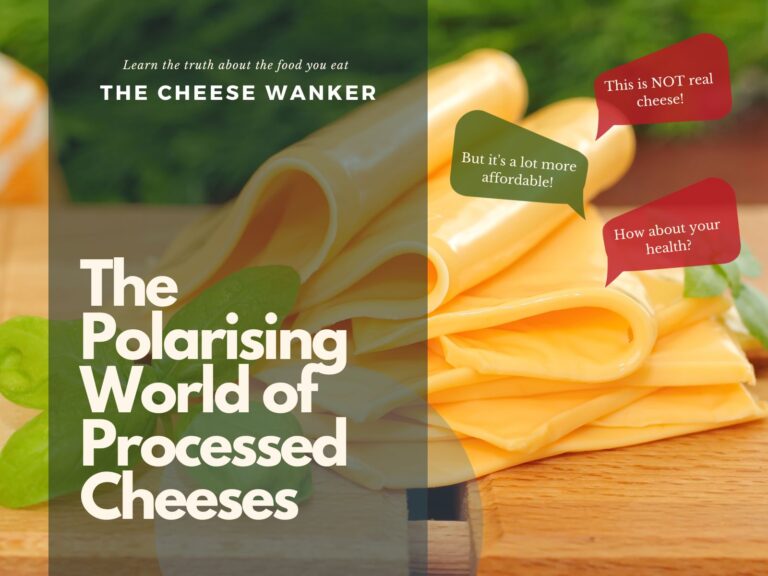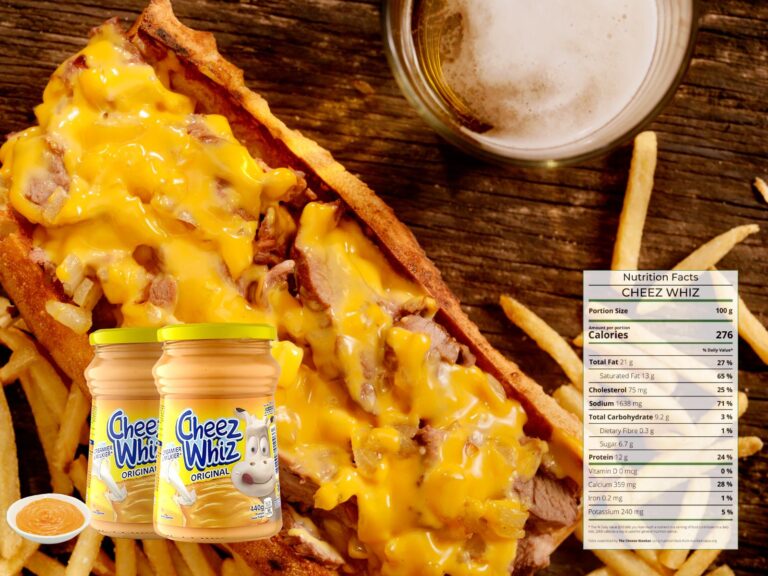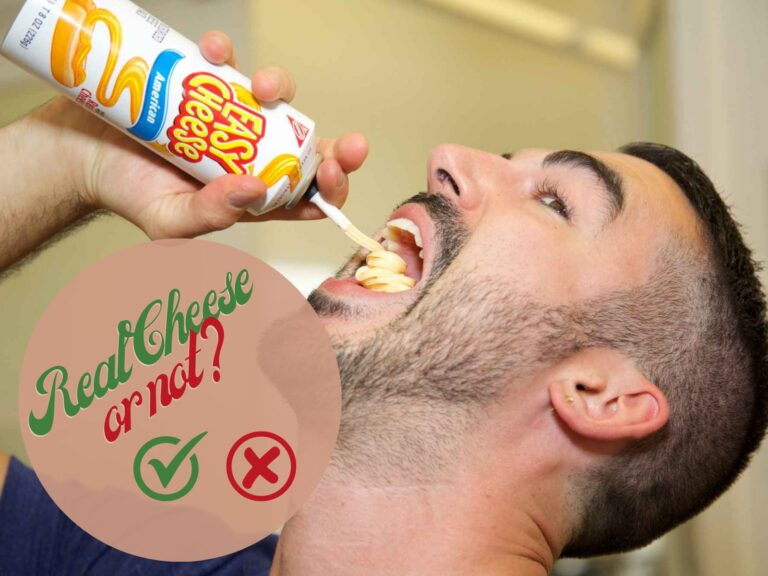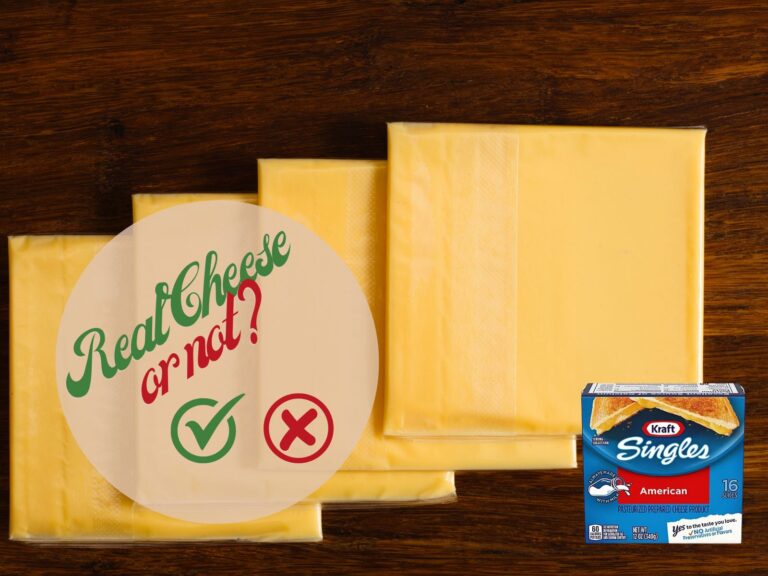If you’re a cheese lover, you’ve probably heard of The Laughing Cow (La Vache Qui Rit). But have you ever wondered whether this famous spread is real cheese or not? In this blog post, we will explore the origins, ingredients and production methods to determine whether Laughing Cow is real cheese.
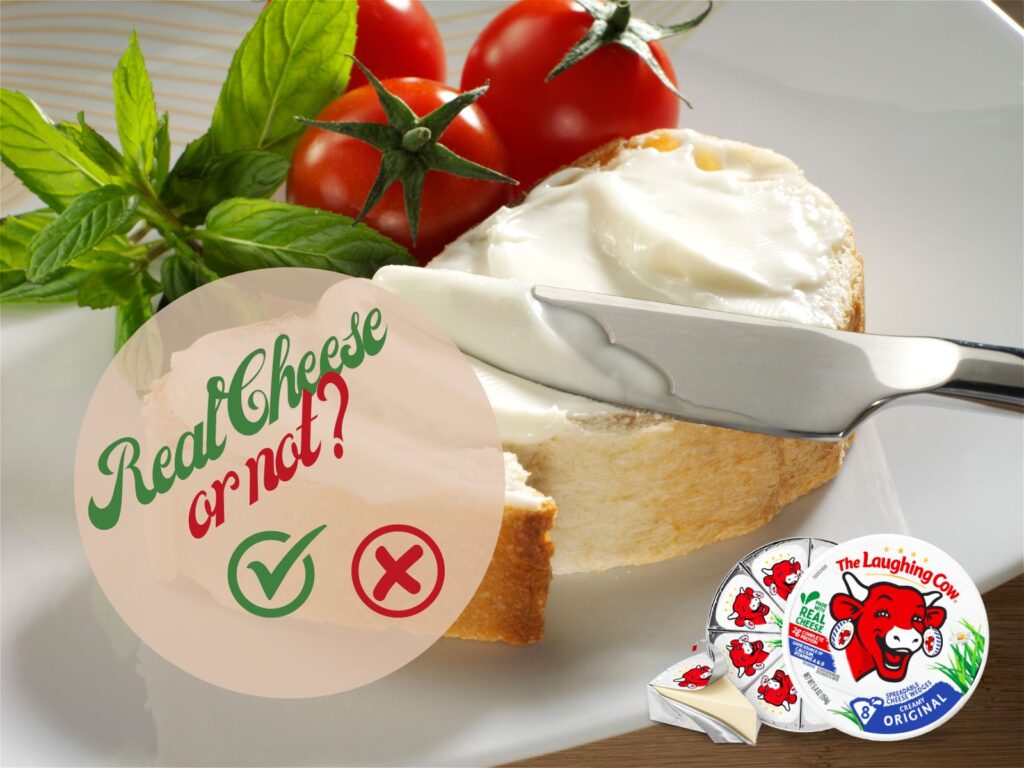
SEE ALSO: How some of your favourite foods score on our Cheese Definition Test →
Official Cheese Definition Test
Now this is a hotly debated topic even amongst cheese professionals. And you will be hard-pressed to find an accurate definition of what makes a product cheese. The main reason for this is how complex and varied cheeses can be.
However, we wanted to give this a go. After prolonged deliberations, we’ve come up with these essential characteristics:
- Criterion 1: Milk or milk-derived ingredient
- Criterion 2: Allowed (but optional) ingredients
- Criterion 3: Coagulation of milk (or milk-derived product)
- Criterion 4: Separation of curds and whey
You can read more about our Official Cheese Definition test by clicking here.
The Laughing Cow: Real cheese or not?
So, this brings us to today’s debate. Let’s explore the supporting and opposing arguments for La Vache Qui Rit’s claim to be real cheese.
What is The Laughing Cow (La Vache Qui Rit)?
Laughing Cow is a brand of soft spread that is sold in small, individually-wrapped portions. It is commonly used as a sandwich filling or as a snack with crackers. Laughing Cow was first produced in France in 1865, and it has since become a popular spread around the world.
Supporting: Milk-derived ingredients

As you can see on the list above, La Vache Qui Rit contains rehydrated skim milk, cow’s milk and cow’s milk fat. As such, it passes Criterion 1 of our Cheese Definition Test. Indeed, its main ingredient is milk or milk-derived.
Opposing: Other ingredients and production method
Unfortunately, Laughing Cow contains a large number of additives that are not on our allowed list of ingredients. Some examples include a range of emulsifying agents and zinc and iron supplements. As a result, it fails Criterion 2 of our Cheese Definition Test.
Moreover, the production process for Laughing Cow cheese involves blending pre-made cheese, milk, and other dairy ingredients in a large mixing tank. The emulsifying salts are then added to the mixture, which is heated and homogenised to create a smooth, creamy texture. The cheese is then packaged in individual portions and shipped to stores.
As you can see, this process includes neither coagulation nor separation of curds and whey. Consequently, Laughing Cow also fails Criterion 3 and Criterion 4 of our Cheese Definition Test.
Scorecard: Laughing Cow is NOT cheese. But it is still delicious!
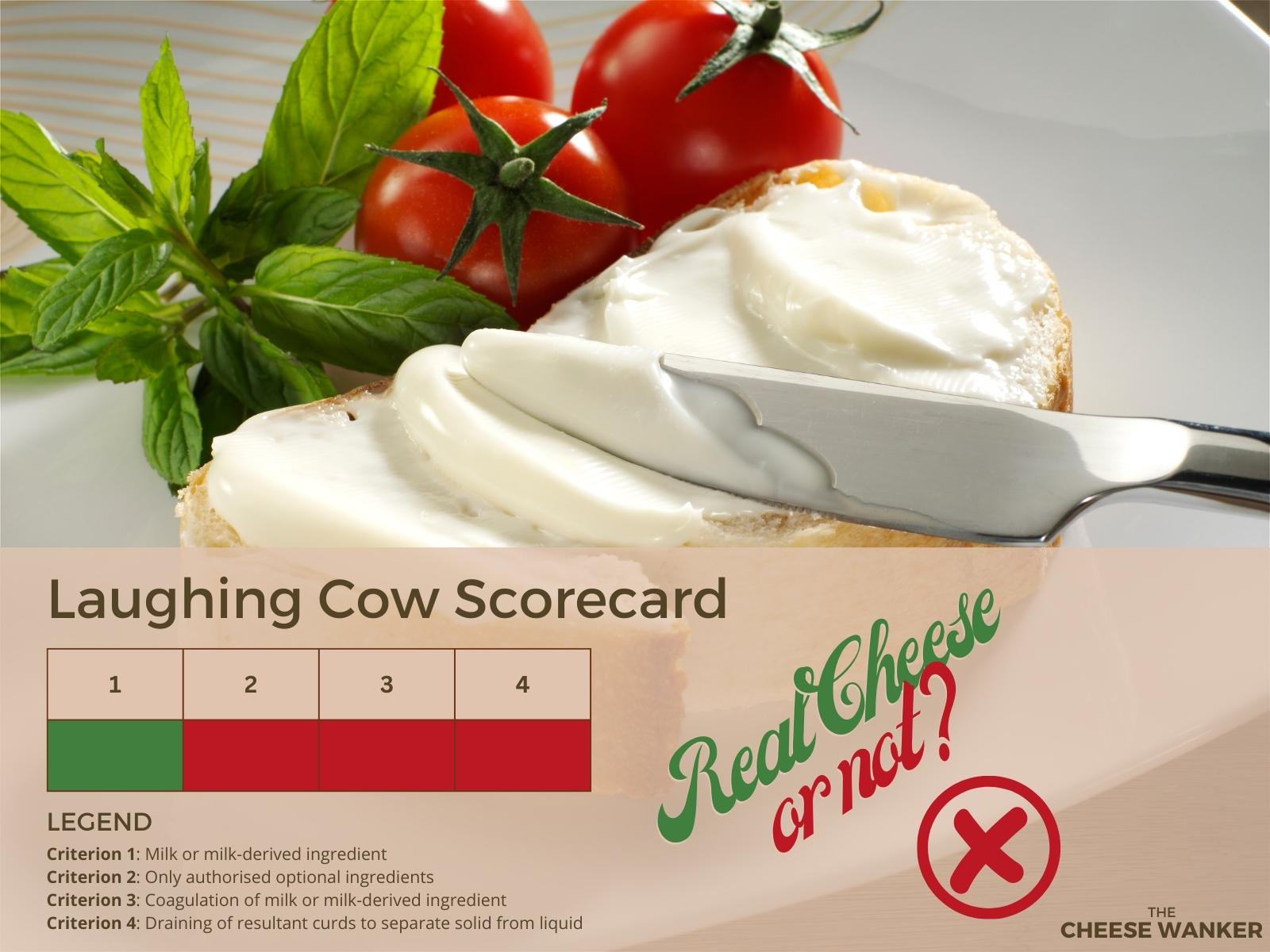
In conclusion, Laughing Cow is a soft, spreadable cheese that is made from a blend of natural cheese, milk, and other dairy ingredients. Because of its list of ingredients and production methods, it fails Criterion 2, Criterion 3 and Criterion 4 of our Cheese Definition Test.
Having said that, it is still a tasty and convenient snack that is enjoyed by millions of people around the world. Whether you consider it real cheese or not, there’s no denying that Laughing Cow is a delicious spread.
Do you agree with our test results? Let us know how you feel about this French snack in the comments below.
